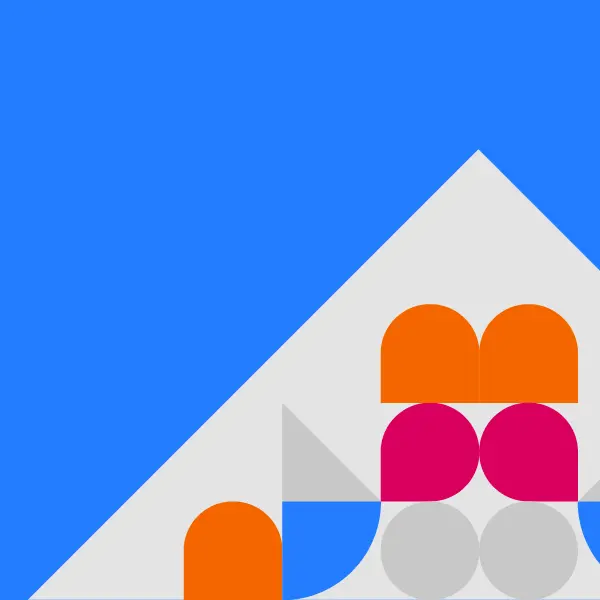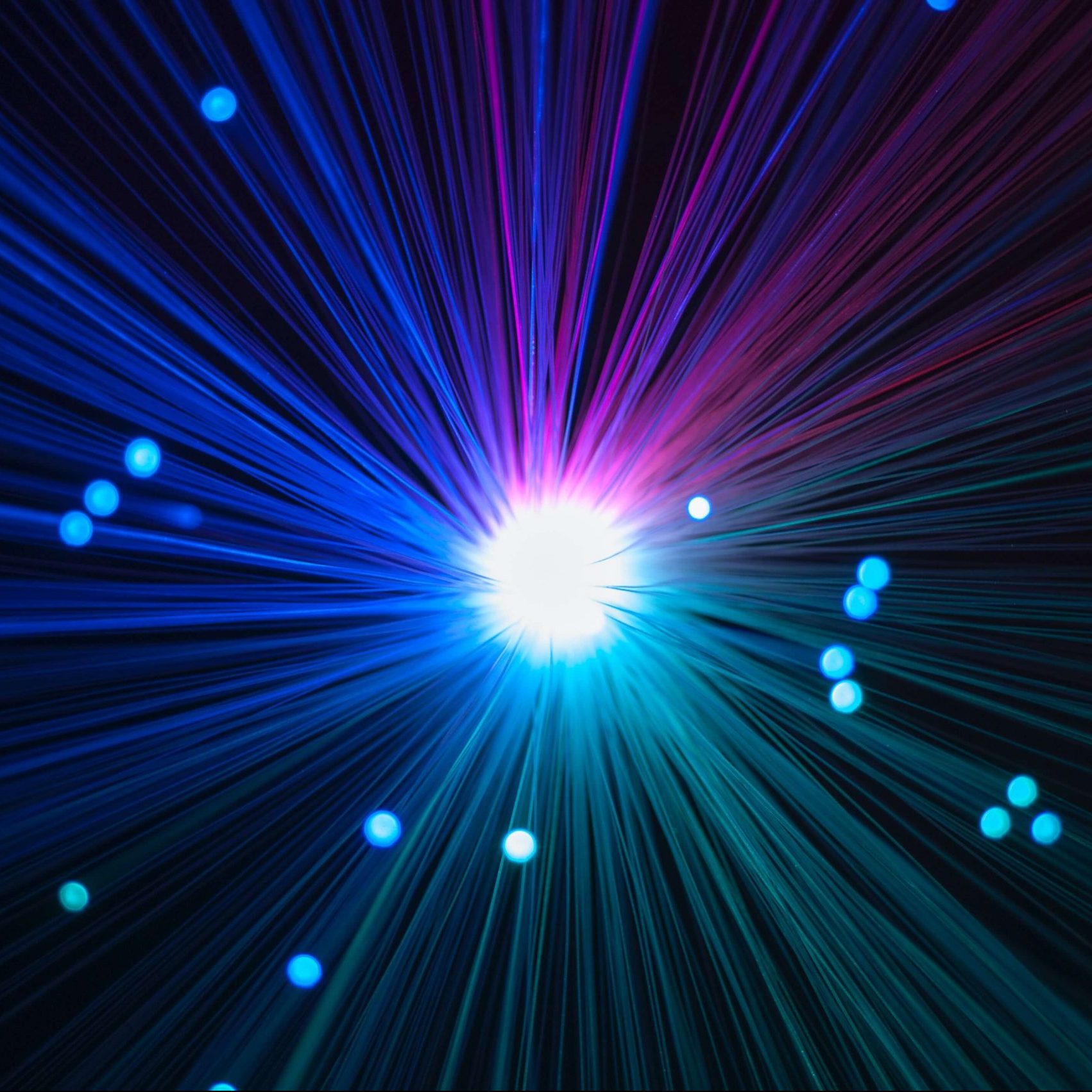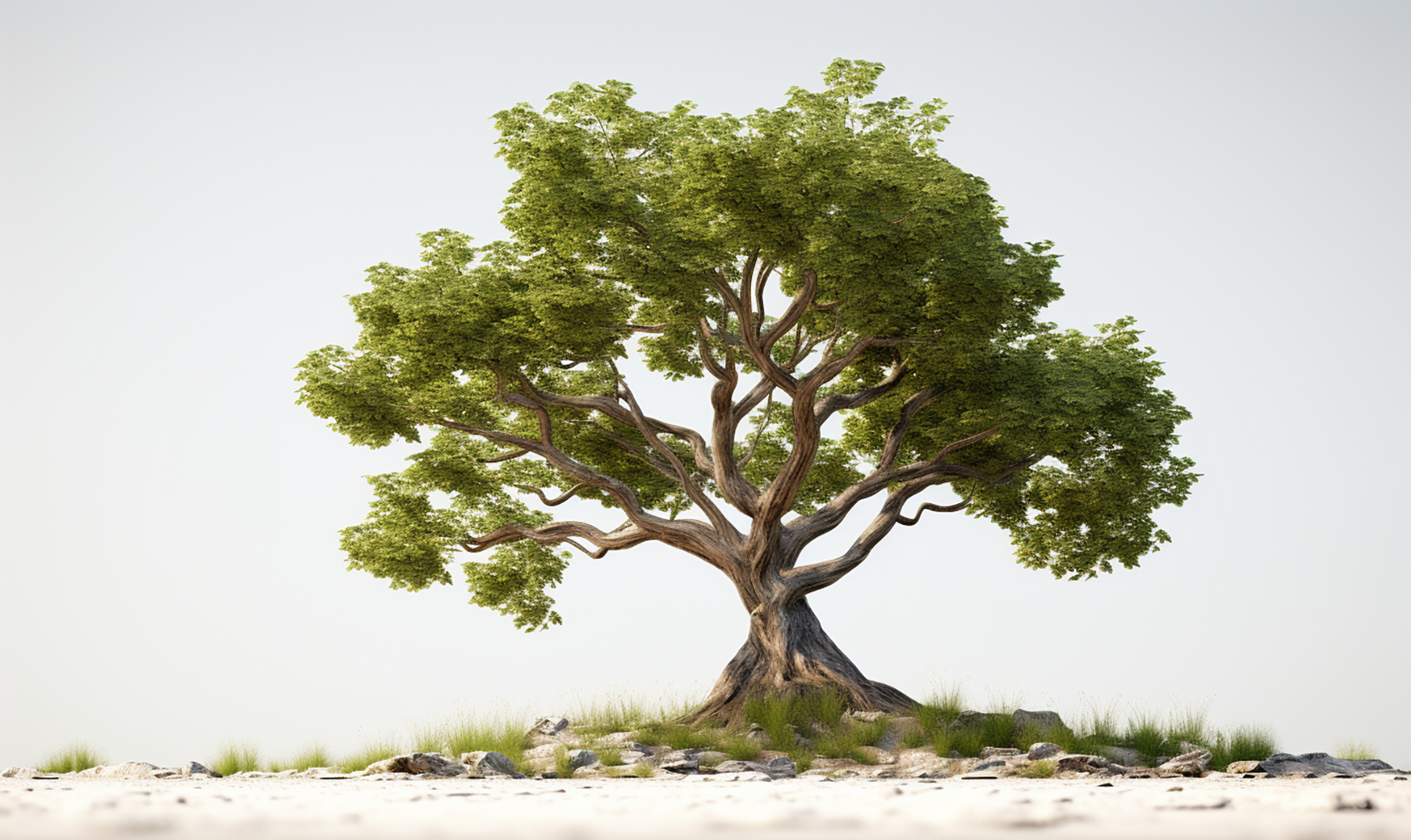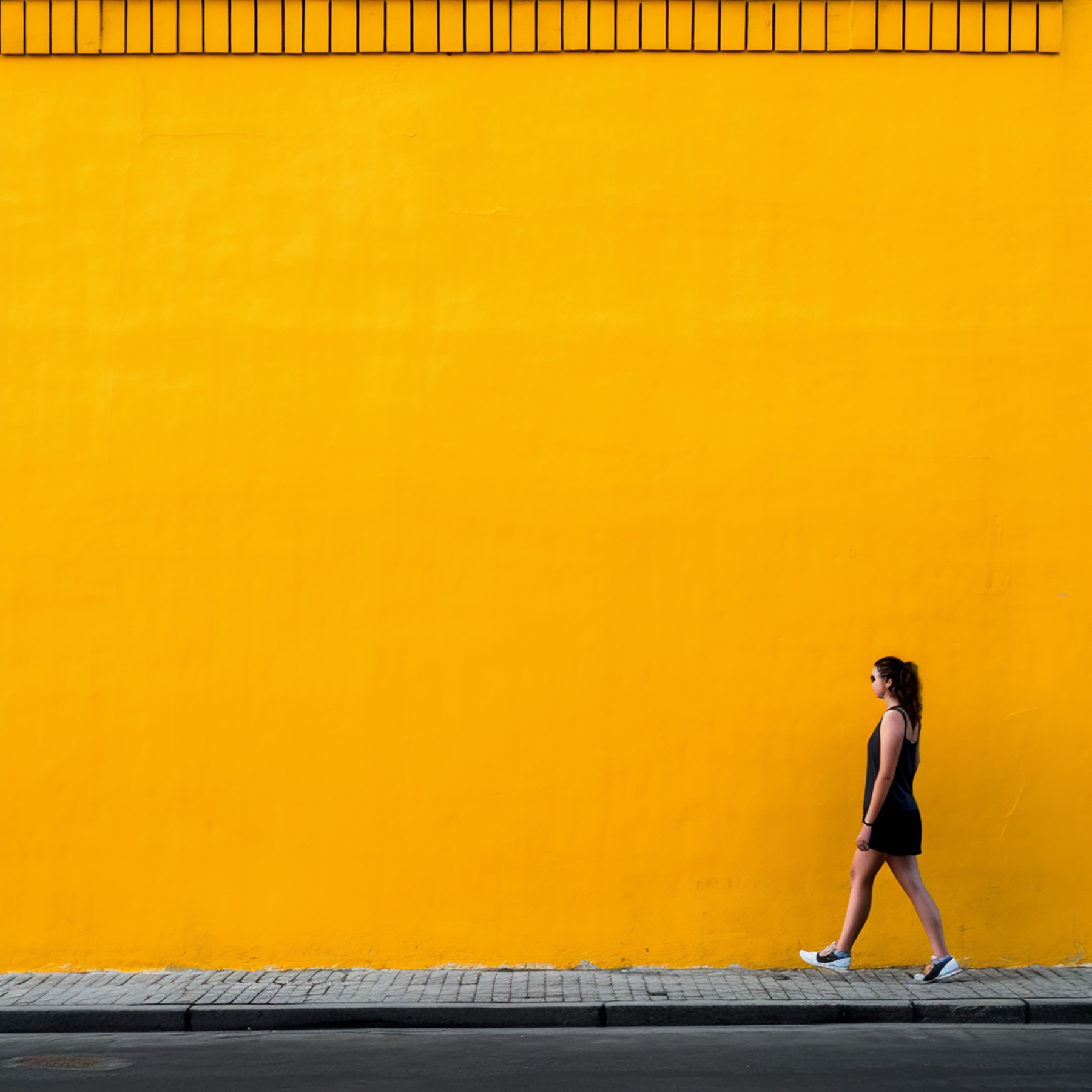
AI-generated summary
Consciousness has long been a central question in philosophy and science, prompting inquiries into its nature, origin, and exclusivity to humans. In a recent #FutureTalks event, renowned neuroscientist Antonio Damasio shared insights from his latest research and book, *Feeling & Knowing: Making Minds Conscious*. Contrary to the belief that consciousness is unsolvable—the so-called “Hard problem”—Damasio argues that advances in biology, neuroscience, psychology, and artificial intelligence offer a pathway to understanding consciousness, emphasizing the foundational role of feeling. He distinguishes feelings as private, internal sensations ranging from basic bodily states like hunger and pain to complex emotions such as compassion, which serve as the starting point for consciousness by informing us about our body’s state and aiding survival.
Damasio explains that consciousness arises through the nervous system’s ability to represent bodily feelings internally, thereby linking the external world with internal experience. This process, common to animals with complex nervous systems, evolves into higher human consciousness through intricate brain-body interactions. He clarifies that consciousness differs from the mind—our cognitive tools like language and memory—and is instead the awareness generated by the dialogue between brain and body. Ultimately, consciousness emerges at the intersection of external perception and its internal bodily impact, creating the felt experience of being aware. Damasio’s work offers a compelling framework for understanding how consciousness is formed and its significance in human life.
Neuroscientist Antonio Damasio provides us with clues to one of humanity’s great questions: how have we arrived at having consciousness of being conscious?
Consciousness is one of the most debated aspects in the history of philosophy and science. What is it? How does it arise? Is it exclusive to human beings? We have held a new edition of #FutureTalks, an initiative that aims to familiarize Spanish society with the most disruptive trends that will shape the future. To do this, #FutureTalks relies on the world’s leading experts. On this occasion, and presented by our director, Juan Moreno, we hosted Antonio Damasio, one of the world’s most recognized neuroscientists, who has told us about his latest research and conclusions in relation to consciousness, as reflected in his recent book, Feeling & Knowing: Making Minds Conscious.
In recent decades, many philosophers and cognitive scientists have declared that the problem of consciousness is unsolvable. Antonio Damasio, however, is convinced that recent findings in multiple disciplines – biology, neuroscience, psychology, and artificial intelligence – have provided us with a way of understanding consciousness and its importance for human life.
To explain it, he takes us on a journey unraveling concepts and offering solutions that have the beauty of expressing what is complex in a way that is simple:
– What it means to have feelings, what emotions and experience are.
– Why being aware is not the same as feeling.
– Why the nervous system is essential for the development of feeling, and from it, consciousness.
– Why feeling opens the way to consciousness in general.
Here, you can access the #FutureTalks with Antonio Damasio:
Antonio Damasio’s research has focused in recent years on understanding why we are conscious of ourselves and the world.
Antonio rejects the idea that human beings will never understand what consciousness is and how it is reached (what has been called the Hard problem of consciousness).
In the same way as we have come to understand complex processes such as vision, and unraveled the different parts involved and how they relate to each other (retina, visual cortex of the brain, etc.), thanks to the work of Nobel Prize in Medicine David Hubel, who made fundamental contributions to the knowledge of visual physiology, we can come to understand the most complex process of all: the consciousness of being conscious.
How can something physical – the brain and the nervous system – give rise to consciousness?
For Damasio, we must start from feeling. As human beings, like all living beings with nervous systems, we feel our body and feel the world around us.
Feeling should not be confused with emotions. Feeling is something private, internal and emotions are outward expressions, presented externally.
Feeling ranges from the most basic – feeling hunger, thirst, or pain – to the most complex – feeling unease, happiness, or compassion-.
According to Damasio, these basic feelings -thirst, hunger, pain-, are the first step towards consciousness.
Nature has been able to find a way of representing in our brain how our body feels. This is the beginning of consciousness, which has the basic function of informing us how our body is, serving as a survival tool.
This consciousness is, according to Damasio, common to animals with complex nervous systems, as stated in the well-known Cambridge Declaration on Consciousness.
How do we move from here to the higher consciousness of human beings?
When we see the world, when we listen to the world, when we feel our surroundings, all these extremely complicated processes come from what we feel, through the evolution of our nervous system and its connections in our body.
The neurons that are connected to create our feelings are in total connection and interaction with the body.
By seeing the world, we can create a picture of what we are seeing. The world is outside, but we create inner patterns of it. These patterns make us feel one way or another, so we become conscious of them, like we are conscious of a toothache.
Finally, we must not confuse the mind with consciousness: the mind provides tools for language, memory, the manipulation of symbols, the resolution of philosophical problems. We reach consciousness of the mind as we become aware that we are hungry: it is the dialogue between the brain and the rest of our body, through highly complex interactions, that makes us conscious.
We could say that what is external, the world, connects in our brain and has an internal representation, which is felt and, therefore, made conscious.
In short, how is consciousness created?
We perceive and internalize the external things that affect our body, feeling them to be positive or negative. Consciousness is the intersection between what we perceive and how it affects our body.
We invite you to listen to Antonio Damasio’s master class, and to read his latest book, an indispensable guide to understanding how we experience the world within and around us and find our place in the universe.
In a later article, we will collect Antonio Damasio’s responses to some of the questions asked by those attending this online event, which brought together more than 1000 people.

Profesor de la cátedra David Dornsife de Psicología, Neurociencia y Neurología en Universidad del Sur de California





